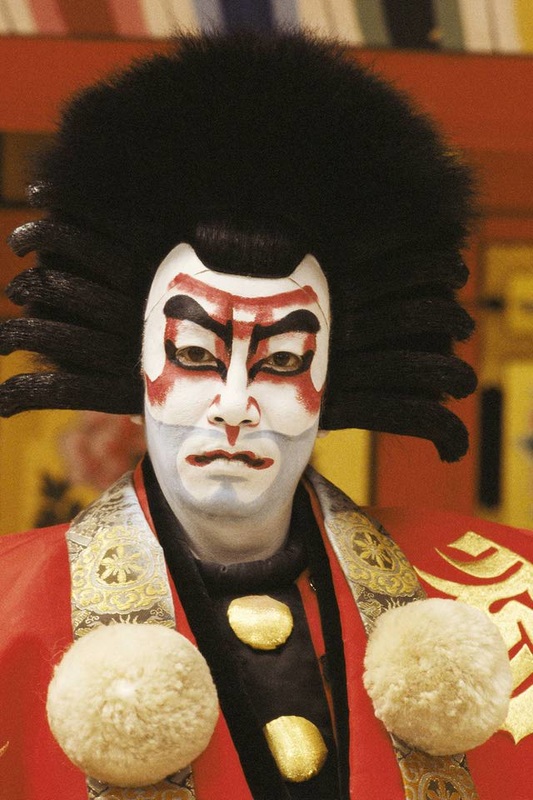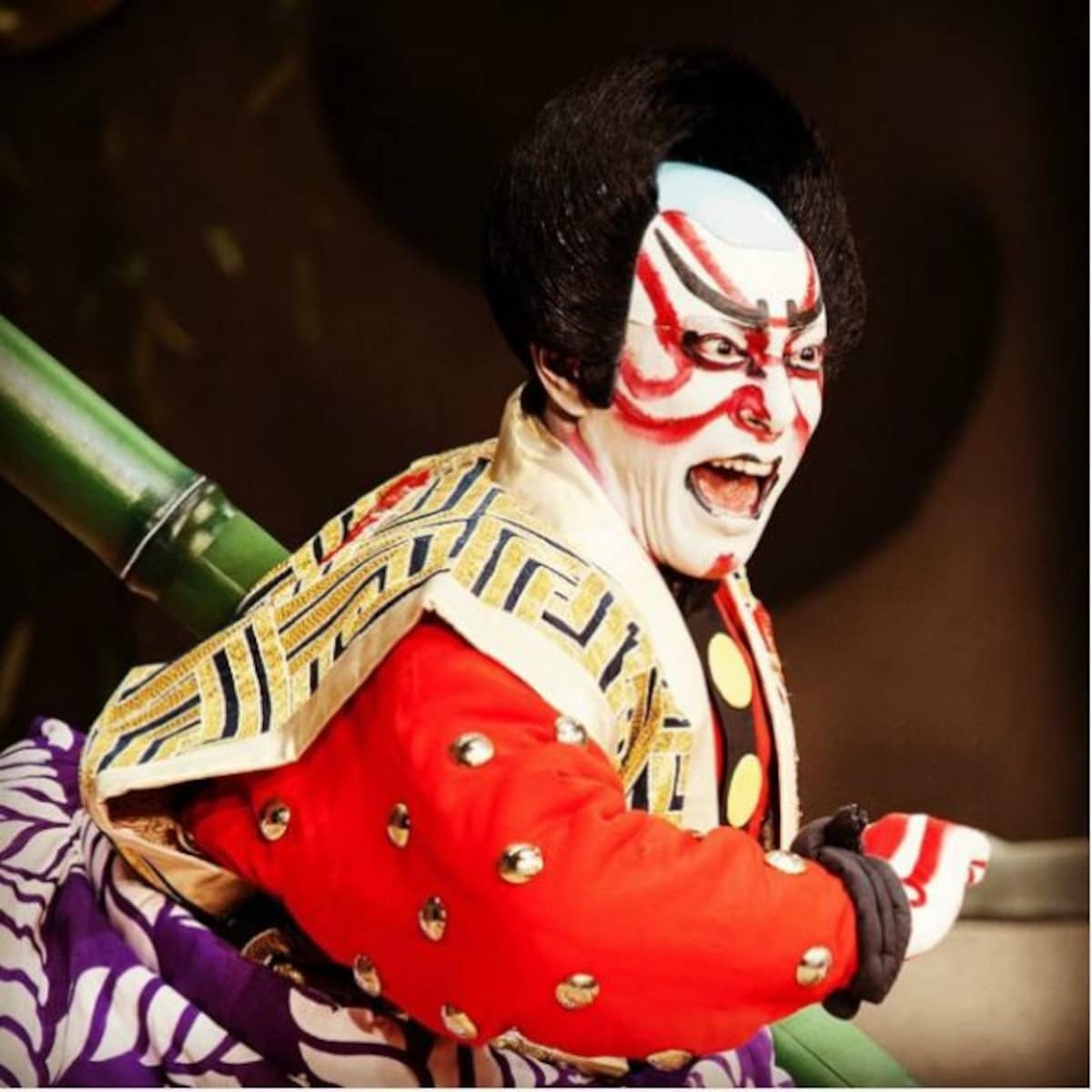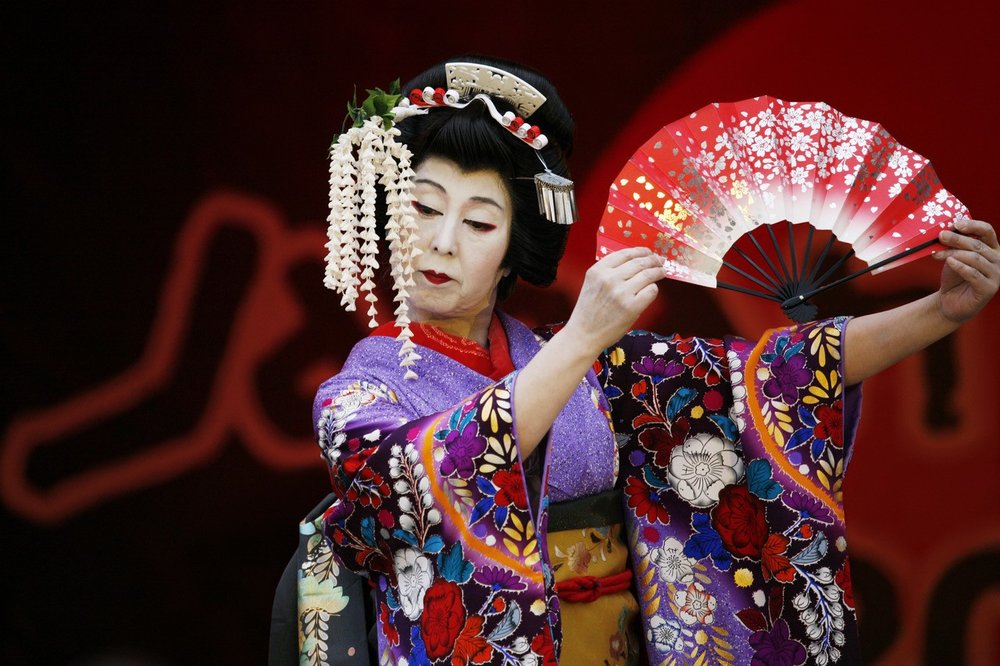The Kabuki mask has a rich history in Japanese culture, serving as a symbol of traditional Japanese art.
It is an integral part of Japanese theatre, including Noh and Bunraku, and is worn by theatre actors or Shinto dancers, especially during Japanese festivals.
In Kabuki Theatre, the use of masks and makeup is an important aspect of the performance, allowing actors to convey emotions and embody characters with exaggerated facial expressions. Kabuki masks are typically worn by male actors in both female and male roles, during specific scenes or acts such as fights or dances. Overall, Kabuki masks and theatre continue to be a unique and valued part of Japan’s cultural heritage.

Kabuki masks, which are brightly colored and intricately detailed, are used in plays to portray characters. Their origins can be traced back to the Edo period in Japan when Kabuki theatre was popular among the common people. These masks are made of wood, leather, or other materials and are used to exaggerate the expressions and emotions of the actors during their performance.
In addition to conveying the characters’ identities, personalities, and emotions, these masks were also used to conceal the actors’ identities. Kabuki actors were often of low social status and not considered suitable for public appearances. The use of masks and makeup has since become an important part of the Kabuki tradition.
Symbolically, the Kabuki mask is rooted in the traditional Japanese belief that masks have the power to transform the wearer into the character they depict. Different characters and emotions are conveyed through the masks and makeup, such as warriors, demons, old men, and a range of emotions like anger, sadness, and joy.

Furthermore, Kabuki masks also express the duality of human nature, as they often depict both good and evil characters. The themes in Kabuki theatre include beauty, power, and tragedy. The masks worn by female characters, known as onnagata, are often highly stylized and idealized, while those worn by male characters, known as tachiyaku, are often fierce and powerful.
The masks are carefully crafted and painted, and they are considered works of art in themselves. As such, they are popular with collectors. Kabuki masks are used in conjunction with other props and stage sets to create a complete performance.
Actors in kabuki plays adorn Kabuki masks and makeup alongside traditional costumes that are highly symbolic and stylized. Kabuki performances hold a significant place in Japanese culture and continue to be staged in traditional theaters across Japan.

Similarly, in other Asian countries, traditional theatre performances feature masks that represent various characters and emotions. For instance, Chinese opera masks are crafted from papier-mâché and donned by both male and female actors to depict their roles, while Korean Talchum masks, made of wood and decorated intricately, are worn during specific scenes.
While the masks used in these cultures share the common purpose of conveying emotions and character, they each possess a distinct cultural significance and are used in different traditional performances. The exaggerated features of the masks add an expressive and dramatic quality to the performances, representing the richness and heritage of their respective cultures.
